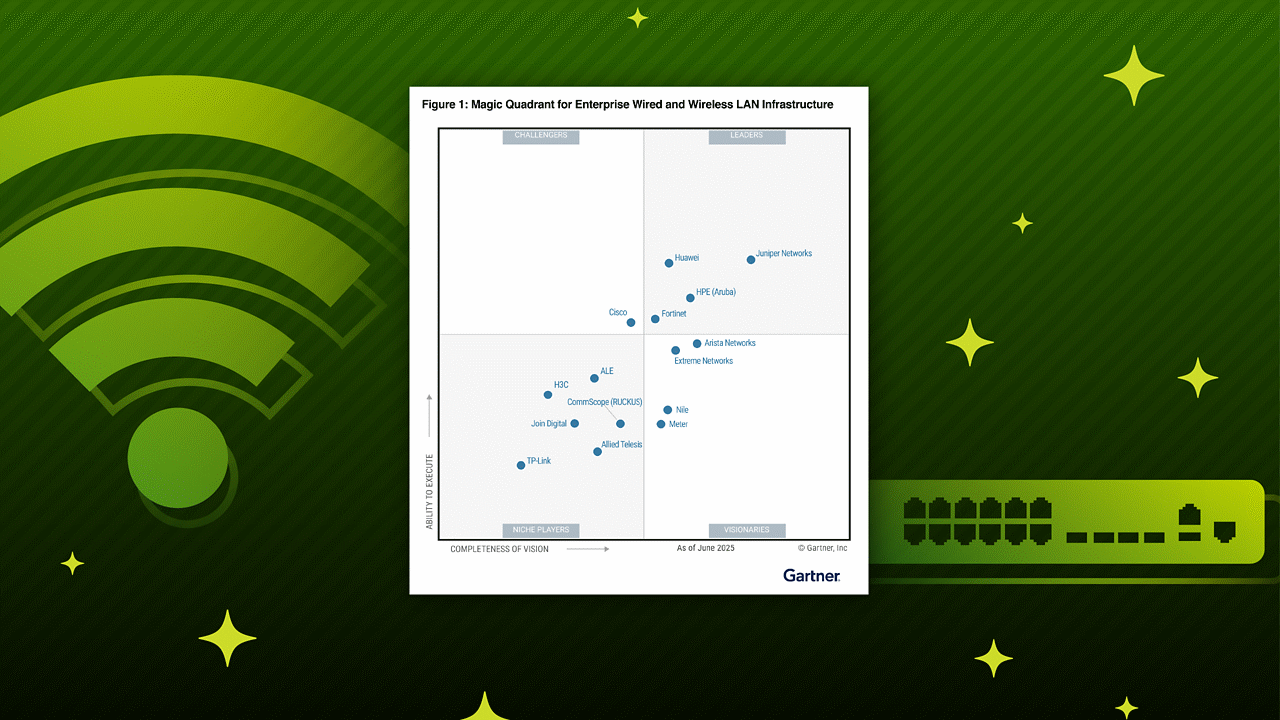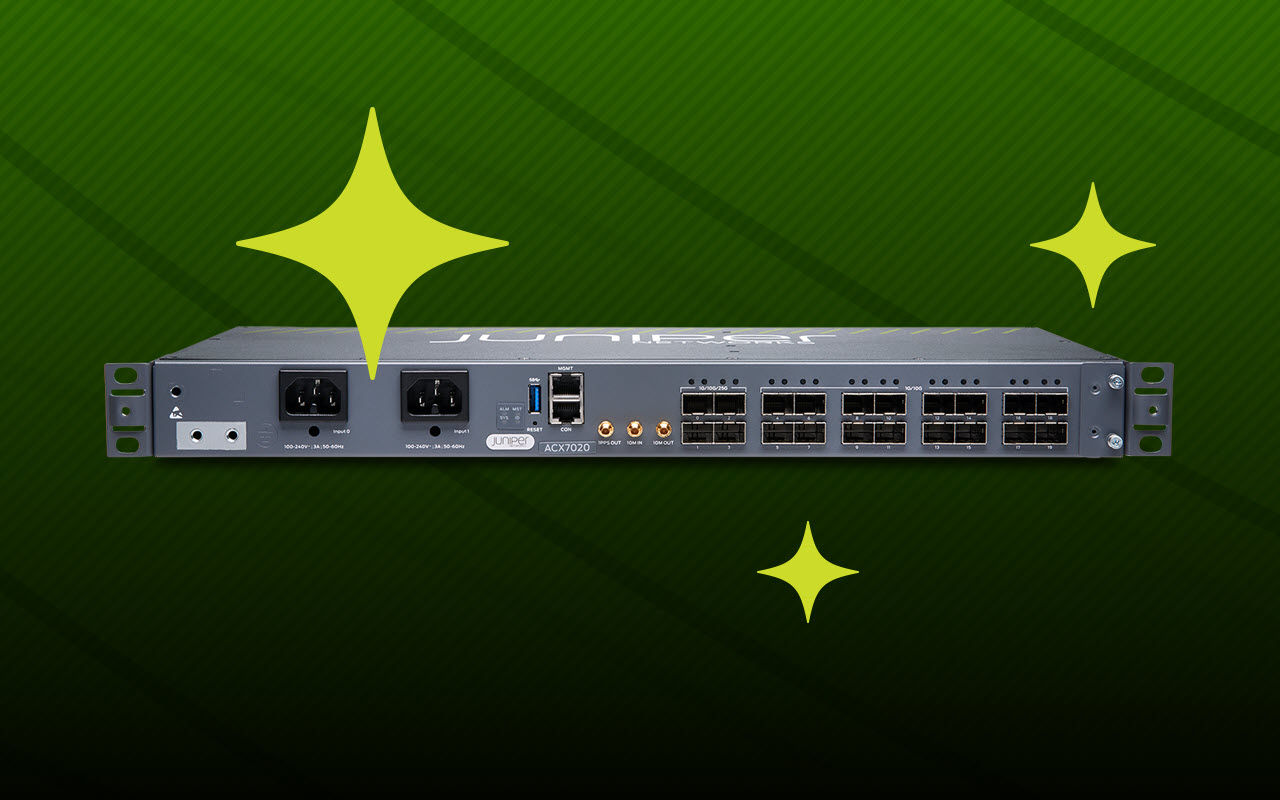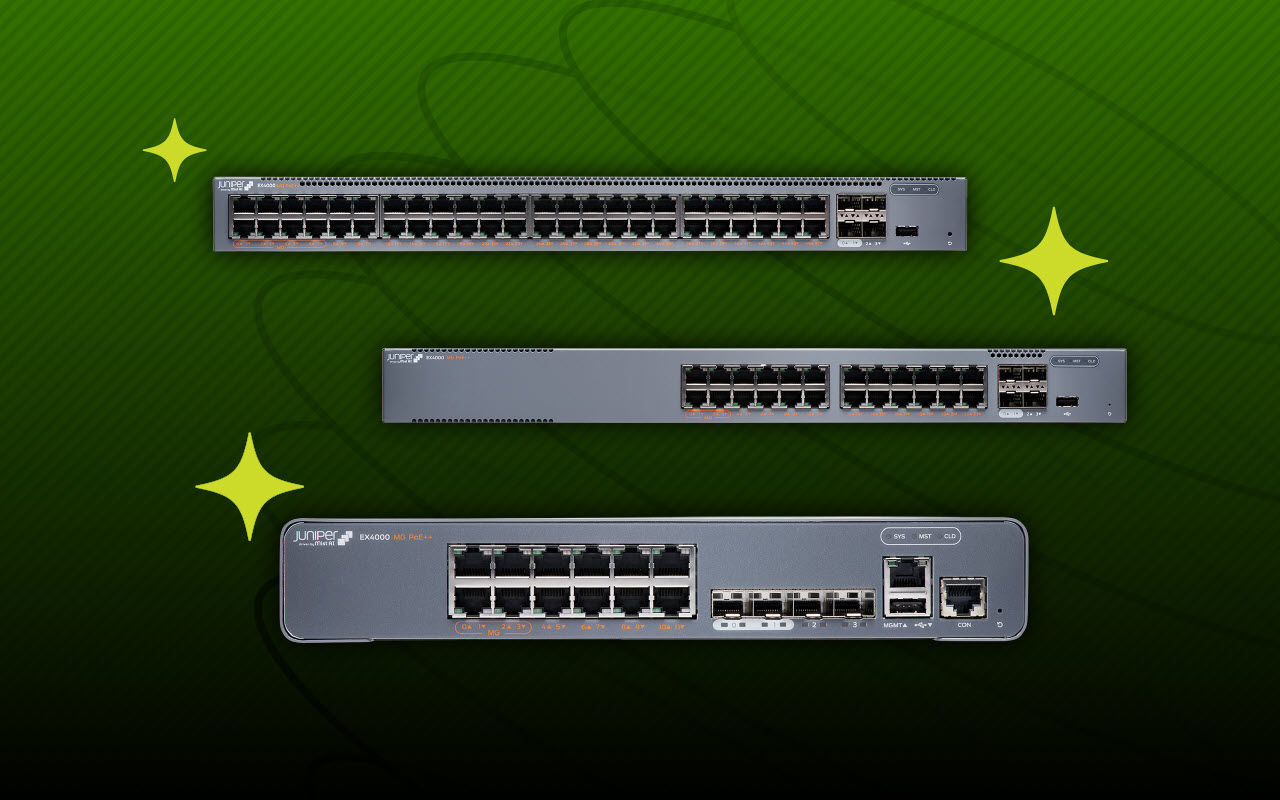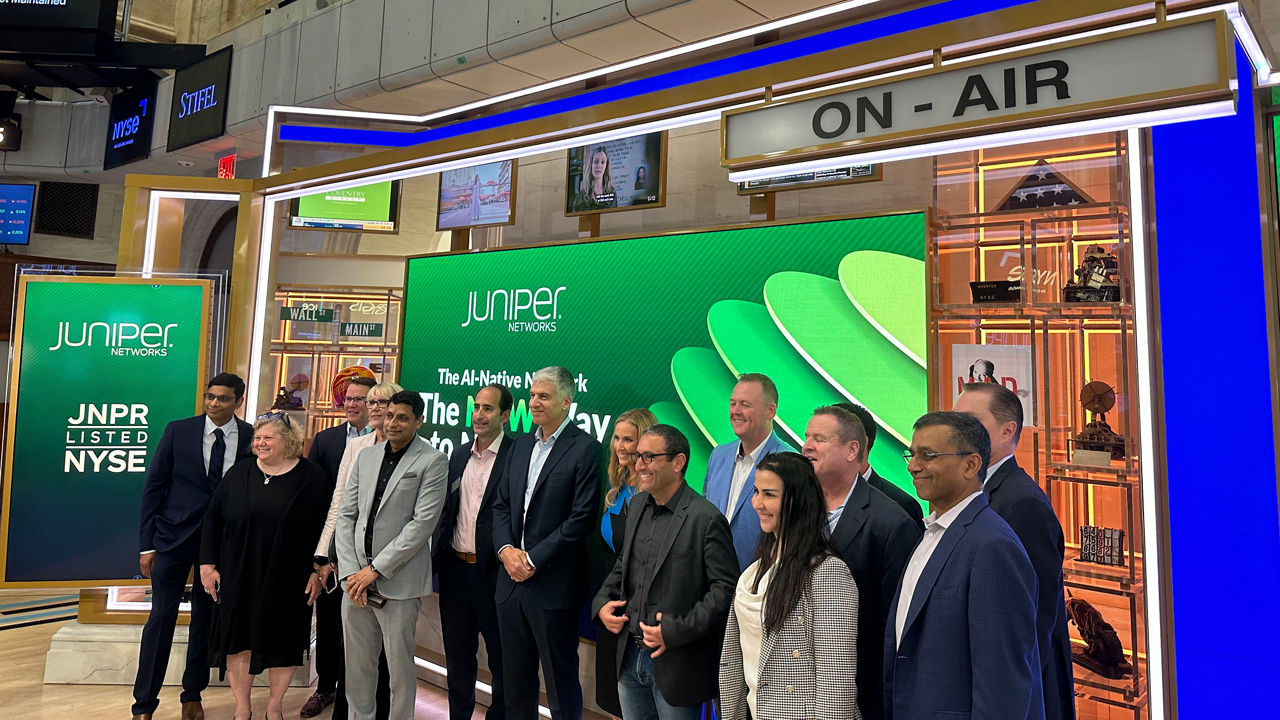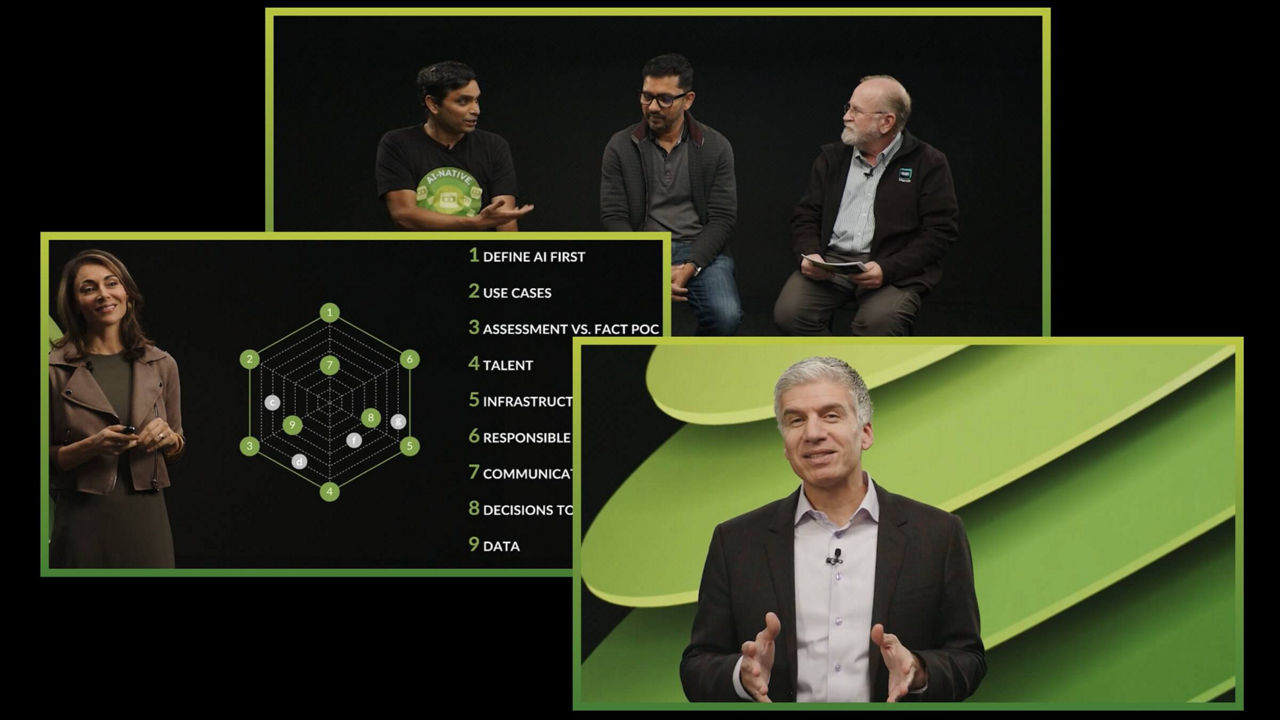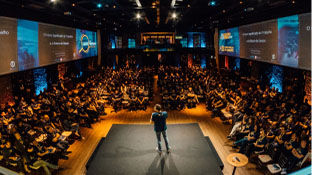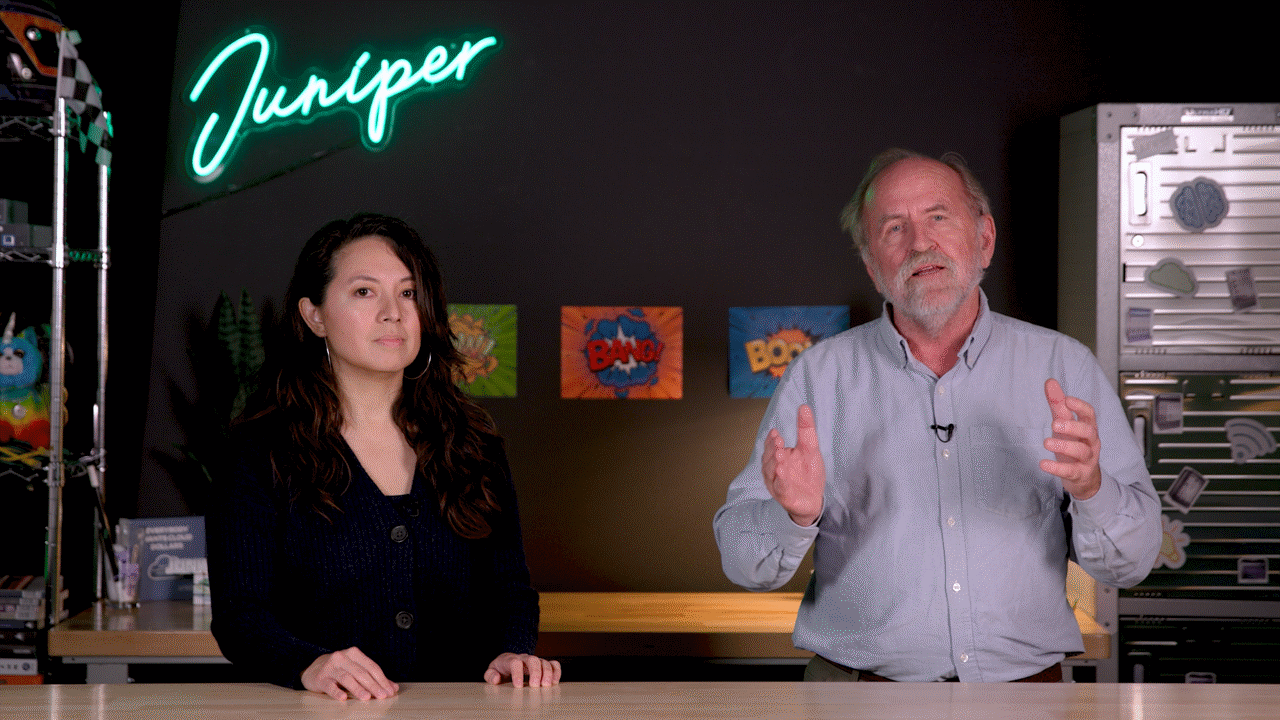Seamless EVPN-VXLAN Tunnel Stitching for DC and DCI


Get the inside scoop: Juniper data center EVPN-VXLAN features
In this quick vlog, Juniper’s MIchal Styszynski summarizes the EVPN-VXLAN tunnel stitching feature from Juniper. Watch and discover how it offers a method to interconnect pods and sites at their edges that provides improved control and scaling.
You’ll learn
How seamless EVPN-VXLAN tunnel stitching simplifies interconnection for large-scale DC fabric infrastructures
Why seamless multi-pod EVPN-VXLAN fabric is better than full mesh
Use cases for seamless EVPN-VXLAN and key takeaways to keep in mind
Who is this for?
Host

Guest speakers

Transcript
0:00 [Music]
0:03 hi everybody
0:04 i'm kieran milne i'm a product marketing
0:06 manager with juniper networks
0:08 hi everybody i'm michael i am the
0:11 product manager for the qfx's at juniper
0:14 welcome michael thanks for joining us
0:15 now we've got a lot of things going on
0:17 right now with
0:18 new data center evpn vxlan features
0:21 right
0:22 yes exactly we have some cool features
0:24 coming and uh
0:25 some of them are very specific to the
0:27 data center site
0:28 so whenever you're using a vpn vxlan we
0:31 have some additional features coming uh
0:33 in junos 20.4 but we
0:36 wanted to focus also on extending our
0:39 dci
0:40 and multipod capabilities and i would
0:42 like to focus on that part today with
0:44 you
0:45 kieran absolutely so for this vlog take
0:47 us into that interconnection option for
0:50 multipod and dci scenarios when we
0:53 deployed already vpn zx and fabric in
0:55 the lan
0:56 data center we may have a requirement to
0:59 extend
1:00 the l2 between the sites or just simply
1:03 extend the l2 bridge domains
1:05 to the other data center room and in
1:07 that situation
1:08 if our fabric is is growing
1:12 with the number of leafs devices
1:15 at the top of the rack level we may have
1:18 a situation where
1:20 uh in the traditional evp and vxlan
1:22 context
1:23 the number of evp and vxlan tunnels
1:26 starts to grow
1:27 exponentially right so for such
1:30 situations we have a new
1:32 cool feature in junos starting 20.3
1:35 and on qfx 10k 60c
1:39 starting 20.4 where we can stitch vxlan
1:43 tunnels coming from the land data center
1:45 uh to the vxlan tunnels dedicated to the
1:48 interconnect
1:50 the same feature can be also used for
1:53 the multi-pod architectures
1:55 so if we have for example four parts
1:58 instead of enabling a full mesh of vxlan
2:03 tunnels between
2:04 all of the pods within the fabric we
2:06 have a possibility to control
2:08 precisely how the bridge domain
2:11 extensions
2:12 are happening at the interconnect
2:14 gateway level
2:15 with the seamless vpn vxlan stitching we
2:18 can be precise
2:19 in terms of which vni's are going to
2:21 which pod
2:23 and also another cool thing is that we
2:25 can
2:26 identify the given pod with the esi
2:29 value the 10 byte esi value so it means
2:32 whenever you have
2:33 a lot of the mac addresses coming from
2:36 one pod
2:37 or from the other pod they can be
2:39 precisely identified with the
2:41 esi value
2:44 from the control plane point of view
2:47 that's great so you've been talking
2:48 already about these kind of different
2:49 use case options
2:50 show us some visuals or the kind of
2:52 architectural view of these options
2:55 so yes so we mentioned about the two use
2:59 cases
3:00 multipod data center architectures
3:03 between for example smaller rooms
3:05 and bigger rooms within the same
3:07 premises and then the second
3:09 one is the dci so two sides or more than
3:12 two sides
3:13 so it means if you have a lot of these
3:14 devices on each of the side
3:17 that's where the sigma cvp and vxlan
3:19 stitching makes sense right
3:20 but from the design point of view we
3:23 identify
3:24 a couple of design options right so vpn
3:27 vxlan stitching can be enabled not only
3:29 at the spine level
3:30 but you may consider the same
3:32 functionality to be enabled at the
3:34 super spine level in case you you deploy
3:37 a five stage architecture
3:39 or uh at the border leaf level if your
3:41 design
3:42 is an edge routed architecture so fully
3:44 distributed model
3:46 so then the border release are actually
3:48 delivering the stitching
3:50 gateway capabilities that's great
3:53 i want to make sure the viewers are are
3:55 clear on platform support and junos
3:57 release support can you cover that again
4:00 yeah so uh kieran the evp and vxlan
4:03 seamless stitching is coming on the qfx
4:06 10k family
4:07 right so a qfx 10k family with a juniper
4:10 chipset
4:11 with a boosted scaling from the
4:15 mac table point of view from the fib
4:17 point of view
4:18 and then from the junos perspective we
4:21 delivered that
4:22 starting 20.3 but the recommended
4:25 releases for the production deployments
4:27 are
4:27 is the 20.4 r2 which is coming soon also
4:31 uh on our devices excellent so folks can
4:35 get into maybe some pre-production
4:36 testing and trialing with 20.3
4:38 in preparation for the hardened release
4:40 with with 20.4
4:42 absolutely absolutely karen that's great
4:44 all right well it's uh we're running out
4:46 of time here with this vlog so
4:47 what are some key takeaways the key
4:49 points for our watchers to take away
4:52 so first takeaway simplifying the dci
4:56 we didn't want to make it too complex
4:58 right someone is familiar already with
5:00 edp and dx land within the lan then we
5:03 wanted to
5:03 just give the opportunity to extend
5:07 these capabilities between the sites so
5:09 whenever you you
5:10 you are familiar with the lan evpn dx
5:13 lab
5:13 you can easily take the benefit of
5:17 the seamless stitching options second
5:20 thing is that we have
5:21 additional virtualization options with
5:24 the uh
5:25 vni translation using similarity and
5:27 vxlan stitching
5:29 we improve the flooding and the the
5:32 the last important thing is that we just
5:35 boost the scaling of the fabrics
5:38 and the multiple designs right excellent
5:40 thanks for all that michael
5:42 that takes us to the end so a couple of
5:44 key points as we close off
5:45 good summary here of our new vxlan
5:48 stitching feature
5:49 for those who want to get into some more
5:50 detail check out the q1
5:52 2021 master class where we'll be
5:54 covering
5:55 actually uh several of these new data
5:57 center evpn vxlan features
5:59 michael and everybody will dig in more
6:01 detail so if you want more uh
6:02 be sure to check that out and that takes
6:04 us to the end so thanks very much for me
6:08 thank you kieran thanks everybody bye
6:10 everybody we'll talk to you on the next
6:11 one
6:13 [Music]
6:18 bye
6:21 you




